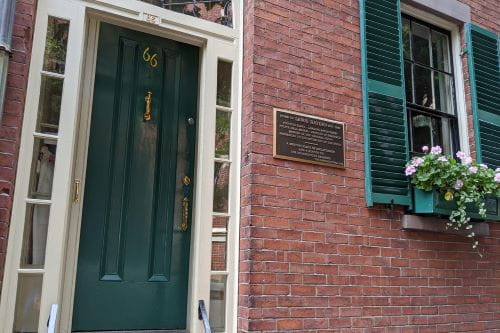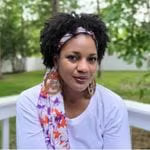The Lewis and Harriet Hayden House, Underground Railroad safe house
The train from Worcester to Boston was short, direct, and inexpensive ($7 and 20 minutes). From there, I walked for about 15 minutes through Chinatown to Boston Commons where there are many things to do and see on a bright sunny day. I was headed for Beacon Hill and all of its rich African American history.
My first stop was at the Robert Gould Shaw/ 54th Massachusetts Regiment Memorial. This is also the first stop on the Black Heritage Trail. This trail is about a mile and half long with some very steep hills, so if Beacon Hill is on your list, you will want to wear comfortable shoes. While walking along the trail through the streets of Beacon Hill, I stopped at several buildings which hold a specific level of significance in the history of the city of Boston and helped shape the fabric of this nation in many ways. And although Beacon Hill is historically an African American neighborhood in Boston, like most other black epicenters, it is being rapidly gentrified. You can see the history lying between the many modern renovations happening in the area. Nearby, Charles Street is lined with many small boutiques and restaurants where you can have lunch on the steps of the Charles Meeting House—built in 1807 and a hub for activism.
One of the most interesting stops for me was the Lewis and Harriet Hayden House, which is confirmed as one of the stops on the underground railroad. Although it is now a private residence with only a small placard on the wall acknowledging its important past, I took a moment to think about the strength of the humans who stopped there for refuge and the passion of Lewis and Harriet who refused to watch another family be torn apart because of chattel slavery.
Up and down and a few more streets and, in my opinion, the gem of the entire trail sits at the end of 46 Joy Street. This is the location of the Abiel Smith School and the African Meeting House, which is now home to the Museum of African American History. You must register for one of the pre-set times to visit the museum and (as of summer 2022) you must wear a mask while inside the buildings. Museum admission is $10 and you will want to allot 1.5 – 2 hours for this part of the visit.
While the museum is a little short on exhibits, it is vast in its history! From 1787 – 1798, Black Bostonians petitioned the state for access to public schools in Boston. Many Black families got together and established a floating homeschool called “The African School,” which was eventually recognized by the state. It found permanence on the first floor of the African Meeting House in 1808 and was finally settled on the corner of Joy Street and Smith Court in a newly, but poorly constructed building known as the Abiel Smith School on March 3, 1835. Families continued to fight for access to equal education for their children for the next 20 years, until their argument was heard by state legislators who finally outlawed public schools segregation in 1855.
After touring the museum exhibits, visitors will have the opportunity to go across the walkway to the African Meeting House, the oldest surviving black church structure in the nation. Much of the structure is original to the building, including the wooden floor boards in the sanctuary and the staircase that leads to the balcony level. Here, you will view a short enactment that details the history of the African Meeting House which held space for revolutionary topics such as anti-slavery, women’s rights, and civil rights movements by revolutionary people like William Cooper Nell, Maria Stewart, and Frederick Douglass. It is also listed as a site on the National Underground Railroad Network to Freedom.
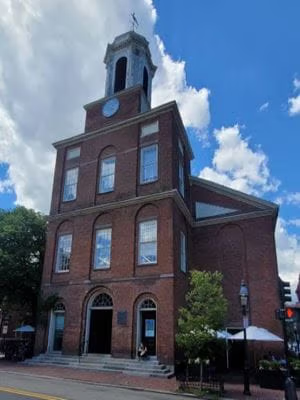
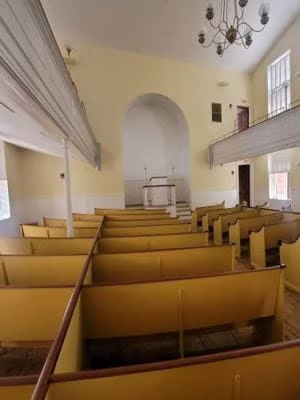
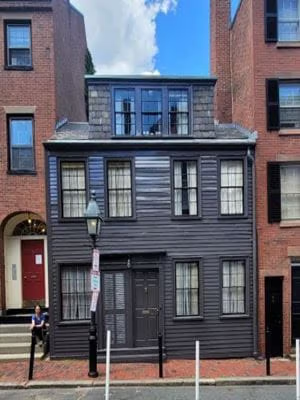
1. Charles Street Meeting House | 2. African Meeting House | 3. Home of George Middleton, African American activist

